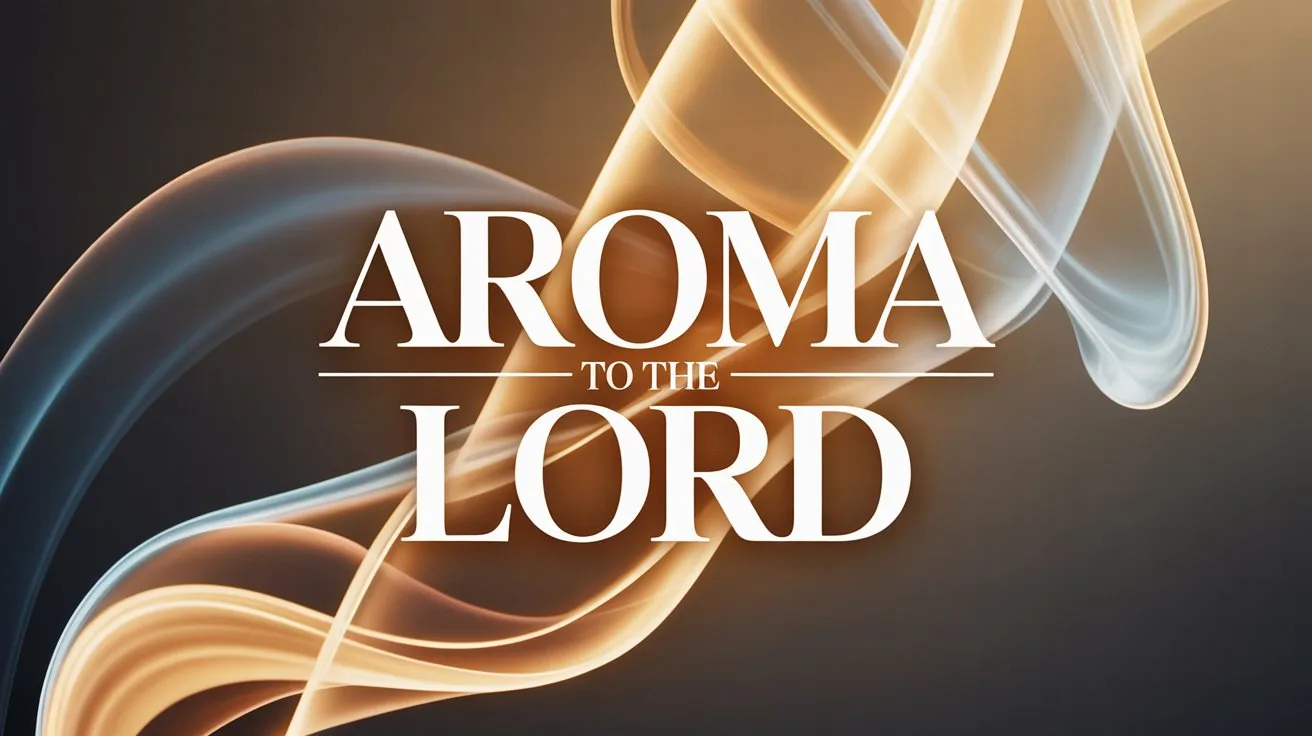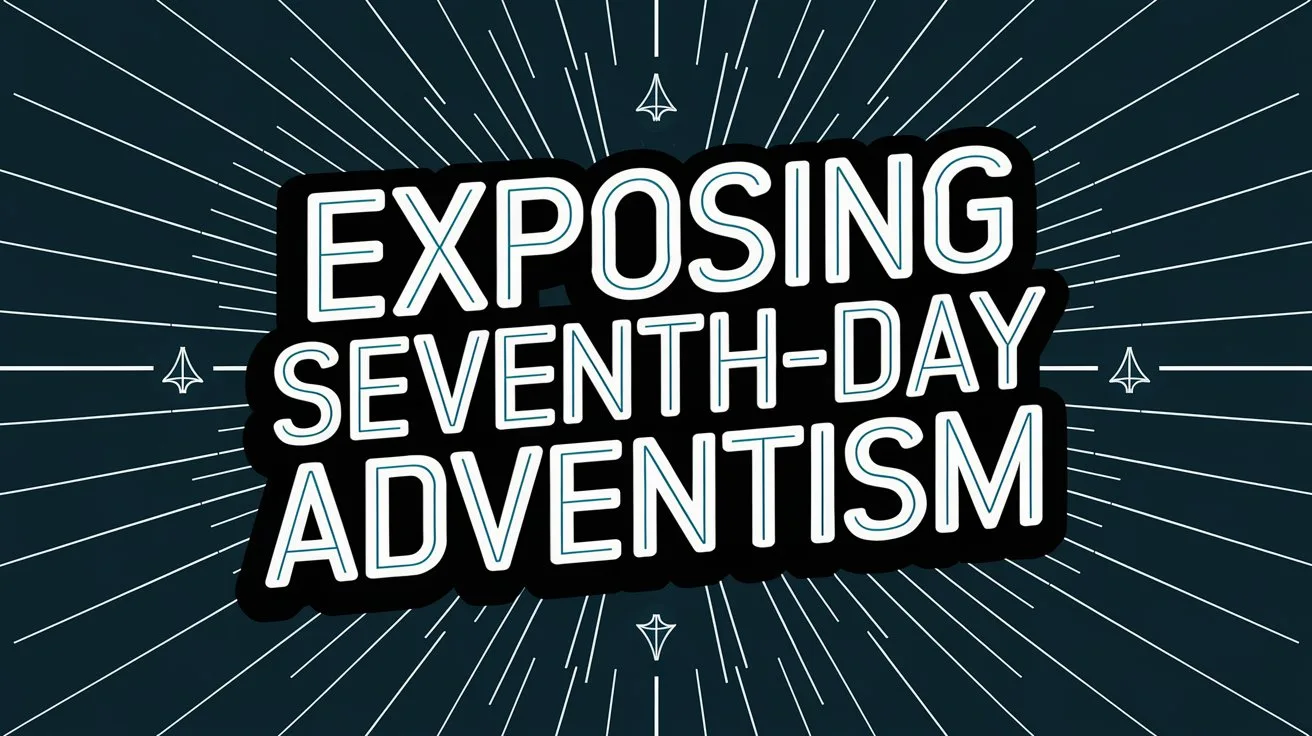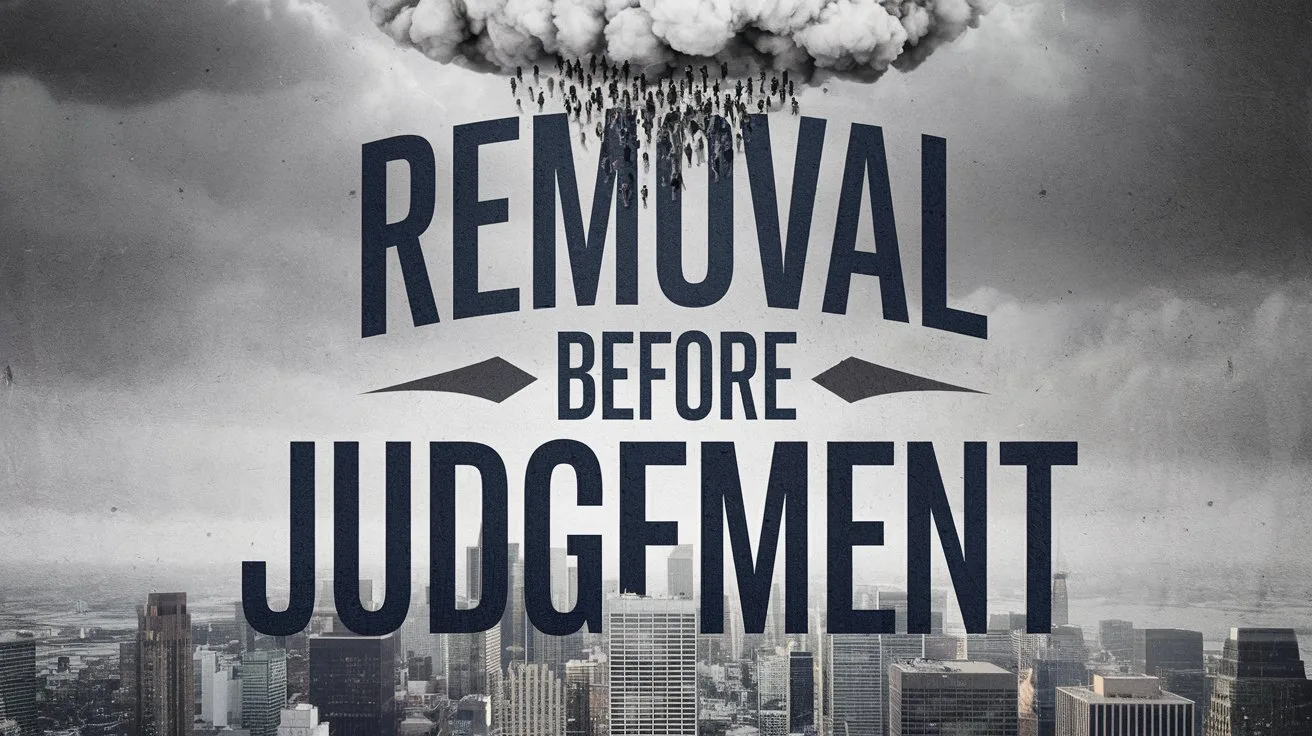The two witnesses in Revelation are two prophets empowered by God to proclaim truth, call for repentance, and testify against the world during the final years before Christ’s return. While their exact identity is not named, their description, power, and mission align with specific prophetic patterns from the Old Testament. Their ministry spans 1,260 days (three and a half years) and is marked by divine authority and miraculous signs.
Revelation 11:3–4 introduces them:
“And I will give power to My two witnesses, and they will prophesy one thousand two hundred and sixty days, clothed in sackcloth. These are the two olive trees and the two lampstands standing before the God of the earth.”
The reference to “olive trees” and “lampstands” draws from Zechariah 4, where two anointed ones stand by the Lord to serve Him. In that context, they represent Zerubbabel the governor and Joshua the high priest, men empowered by God’s Spirit to rebuild and lead Israel.
The two witnesses in Revelation are granted supernatural powers:
“If anyone wants to harm them, fire proceeds from their mouth and devours their enemies… they have power to shut heaven, so that no rain falls… and they have power over waters to turn them to blood, and to strike the earth with all plagues.”
(Revelation 11:5–6)
These miracles mirror the ministries of Elijah and Moses. Elijah called down fire and shut the heavens so it did not rain (1 Kings 17:1; 2 Kings 1:10). Moses turned water to blood and called down plagues upon Egypt (Exodus 7–12).
Because of these parallels, some believe the two witnesses are Elijah and Moses appearing again. Elijah was taken to heaven without dying (2 Kings 2:11), and Moses’ body was never found (Deuteronomy 34:6). Both appeared with Jesus at the Transfiguration (Matthew 17:3), showing a link to His future glory.
Others propose they are Enoch and Elijah: both of whom were taken to heaven without seeing death. Hebrews 9:27 states, “it is appointed for men to die once,” and since these two did not die, they could be the ones to fulfill that by returning.
Another view is that the two witnesses are not literal individuals but symbolic of the faithful testimony of the church and Israel during the tribulation. However, the text presents them as specific persons who are killed, lie dead in the street, and are resurrected, suggesting a literal identity.
Revelation 11:7–12 confirms their ministry ends in martyrdom and resurrection. Their bodies lie exposed for three and a half days before God raises them and calls them to heaven. Their ascension strikes fear in all who witness it.
Though Scripture does not definitively name them, their identity is less important than their role. They are God’s appointed mouthpieces during a time of global deception and rebellion, and their message is confirmed by power, resisted by the world, and vindicated by God.







